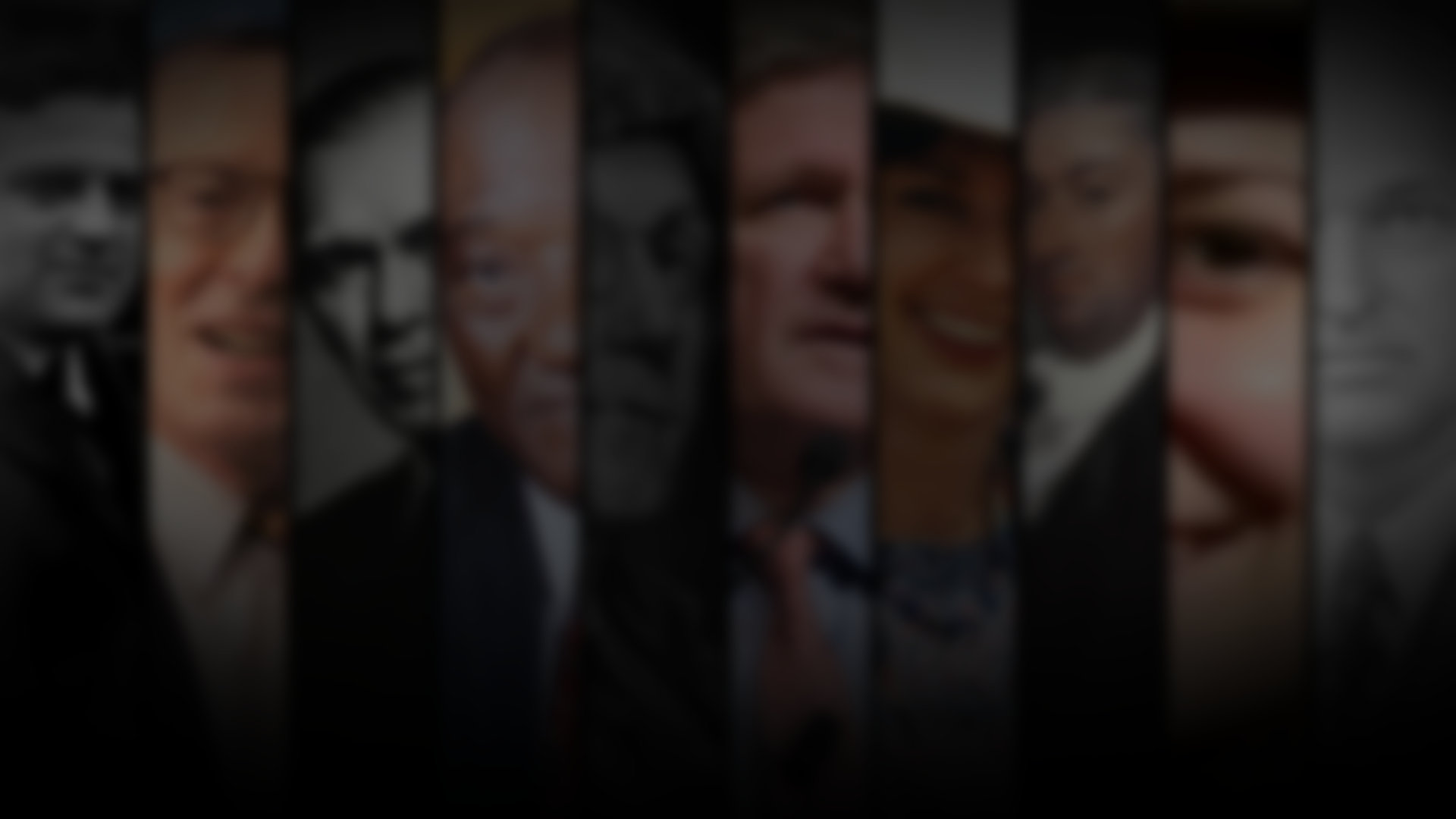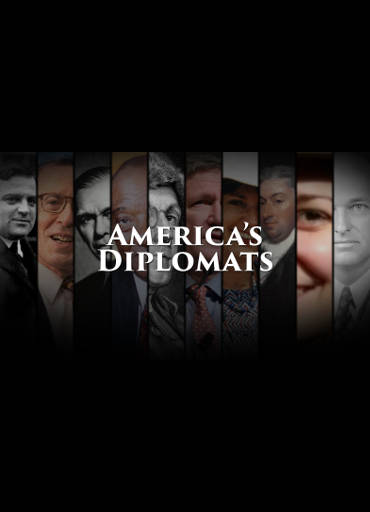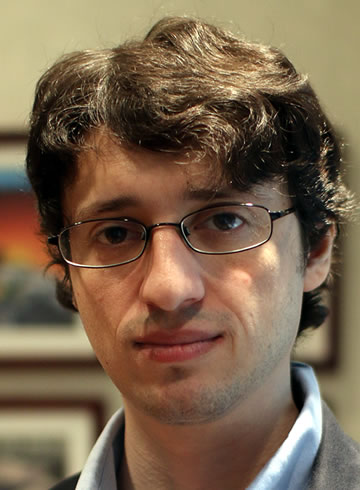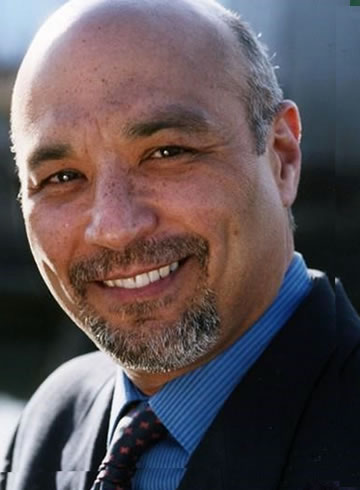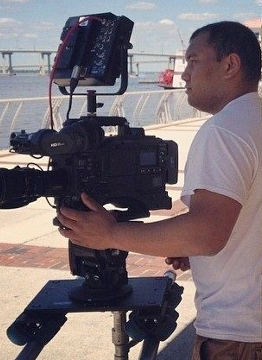America's Diplomats
America’s Diplomats
Release Date: March 1, 2016
| Year | : | 2016 |
| By | : | Foreign Policy Association |
| Genre | : | Documentary |
| Time | : | 54 Minutes |
| Narrated by | : | Kathleen Turner |
From Ben Franklin to Benghazi, America's Diplomats takes you inside the Foreign Service and behind the scenes of U.S. Foreign Policy. Discover the role our diplomats play in shaping American history. Uncover the origins of our Foreign Service, and the danger American diplomats face far from home. A 20 minute version intended for use in educational settings is included on the DVD.
| Get the DVD | Host a screening | See it in theaters |
Former Secretary of State James Baker discusses the workings of U.S. diplomacy: how and by whom is foreign policy formulated and subsequently implemented?
Former Ambassador to Pakistan Wendy Chamberlain discusses the mission of American diplomats: to promote U.S. interests abroad whether they are economic interests, or the promotion of American values.
Secretary of State John Kerry discusses the evolving role of the American Foreign Service in a world of instant communication, its effect in the lives of everyday Americans, and the sacrifices and risks taken by U.S. diplomats in the line of duty.
The United States Ambassador to the UN Samantha Power discusses transnational issues such as terrorism, ebola and climate change.
Harvard University Distinguished Service Professor Joseph Nye discusses about his concept of soft power in the context of American diplomacy.
Former Ambassador to South Africa Edward Perkins talks about the Foreign Service and its role in keeping the U.S. in touch with the world. One example of that was President Reagan's decision to send Perkins, a black Ambassador, to apartheid South Africa to make a statement that the U.S. considered the situation anathema to American principles.
Reviews
"Profoundly captivating, to say the least. Not because of my interest in international relations, not because of the universally accepted collegiality that bonds diplomats and sometimes obliges certain courtesies, but because of the timeliness of the topic and its relevance to the challenges that diplomacy and international relations are facing today."
"Visually and narratively attractive, packed with little-known facts and eye-catching clips, the film paints a faithful portrait of the U.S. Foreign Service while fair-mindedly probing a range of issues."
George F. Paik, Former Political Affairs Officer in the U.S. Foreign Service
"While much of the media attention on U.S. foreign policy and the Department of State today focuses on failures, scandals, or intra-agency turf battles, this film reminds us that the career personnel are talented, dedicated people whose commitment to public service and American interests includes considerable sacrifice."
"A must-see documentary for anyone interested in the history of American diplomacy or considering a career in the Foreign Service."
"Is an interesting and informative introduction to the things that diplomats do. It strives to use information to overcome the lingering disdain that people may carry toward diplomats and diplomacy."
Scott C. Monje, P.h.D. and editor of the Encyclopedia Americana
"This is not a hard hitting piece of documentary journalism, but rather a segment produced by insiders who are proud of their service and wish to explain it further to the American public."
"Of particular interest is the coverage of how diplomacy today is changing, especially with regard to technology and the availability of instant communication. Imagine how the Cuban Missile Crisis might have unfolded differently."
"The documentary weaves these themes together by showing the impact diplomats have had on our nation’s history, foreign policy, and economic interests. Of note, the documentary does not down play the challenges and shortcomings of the profession and the need to keep improving and stay relevant."
Foreign Service by the Numbers
The United States has diplomatic relations with some 180 countries. Only five nations do not have U.S. ambassadorial exchanges: Bhutan, Iran, North Korea, the Republic of China (Taiwan) and Syria.
It is statistically more dangerous to join the Foreign Service than the armed forces. While few military personnel experiences combat, embassies and consulates are now terrorist targets. Indeed, about three times as many ambassadors as admirals and generals have been killed by hostile actions since WWII.
At the height of the Cold War, the USSR bombarded the U.S. embassy in Moscow with microwaves. Some say it was just the Soviets’ way of trying to jam radio signals from the embassy; others were more skeptical and pointed to a rash of strange illnesses that popped up among embassy staff during that time. Three of the U.S. ambassadors who had most recently served there later died of cancer.
There are 14,000 members of the Foreign Service (+/- 8,000 Officers and 6,000 Specialists) compared to around 2.3 million military personnel – the ratio is 1:164.
The shortest term served by an American ambassador was approximately 16 days. In 1976, Ambassador Francis E. Meloy Jr. was assassinated en route to presenting his credentials to the President of Lebanon.
- 1.blablabla
- 2.blablabla
//
- 0
Countries the U.S. has diplomatic relations with
- 0
Members of the Foreign Service
- 0
Shortest term in days served by a U.S. Ambassador
